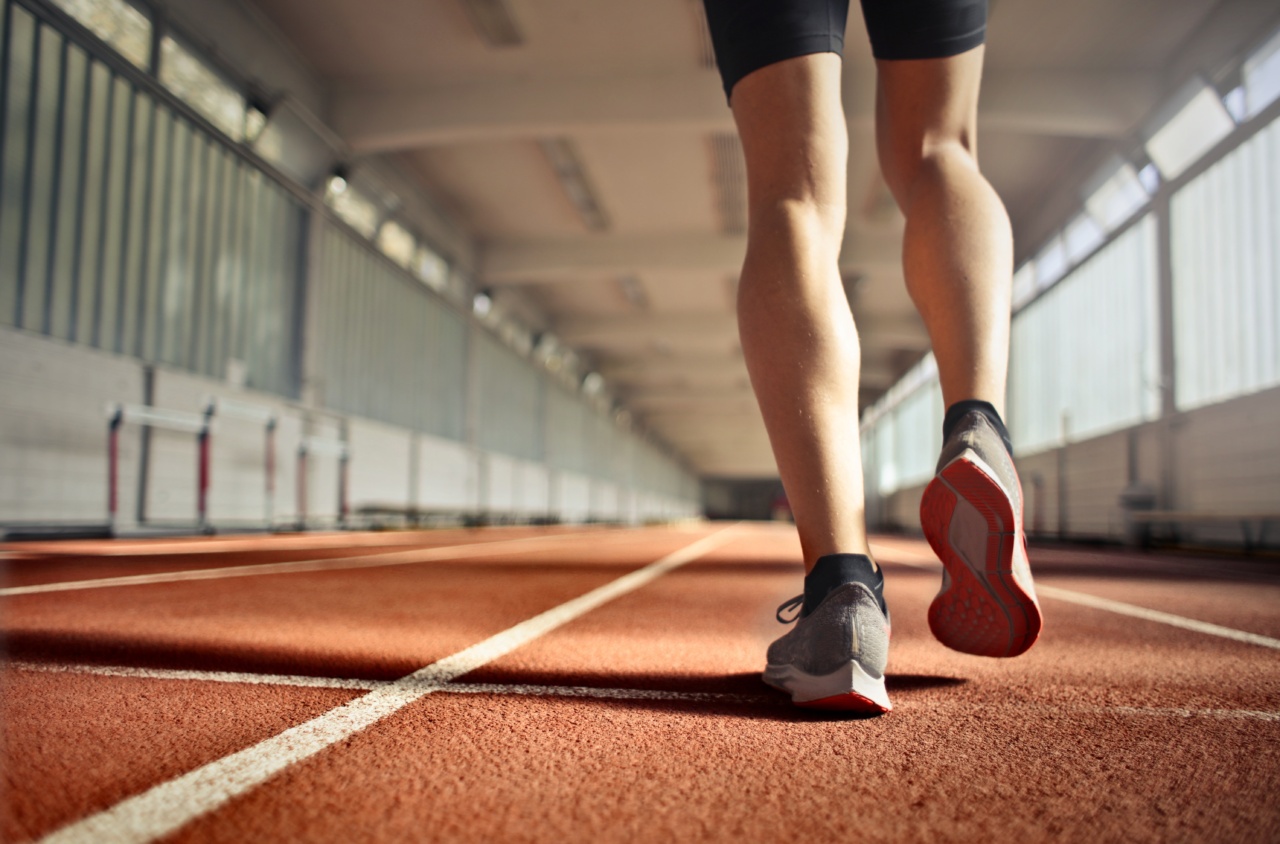Chemotherapy is a common treatment procedure for cancer that is supplemented by a range of adjunct therapies to optimize outcomes.
Physical activity is one of the adjunct therapies that are increasingly being recommended by healthcare professionals for individuals undergoing chemotherapy for cancer. Physical activity has been shown to have numerous benefits for the body, and studies have reported that it can enhance the overall therapeutic outcomes of chemotherapy.
This article provides an overview of the relationship between physical activity and chemotherapy outcomes and highlights the benefits of physical activity in the management of cancer.
The Relationship between Physical Activity and Chemotherapy Outcomes
Chemotherapy inflicts considerable strain on the body, and recovery from the condition requires a holistic approach that encompasses numerous interventions.
Physical activity is one of the key interventions that have been highlighted for cancer patients undergoing chemotherapy. It boosts the body’s capacity to handle chemotherapy and stimulates the production of mood-enhancing hormones such as endorphins, which have positive effects on emotional wellbeing.
There is a wealth of evidence supporting the role of physical activity in improving chemotherapy outcomes, and the following benefits have been reported:.
Reduced Side Effects and Toxicity
Chemotherapy patients often experience side effects such as nausea, fatigue, vomiting, and diarrhea. These side effects can be debilitating and can negatively impact the quality of life of the patient.
However, studies have shown that physical activity has a significant impact on reducing the severity and frequency of these side effects. For example, a study conducted by Mustian et al. (2017) showed that walking and resistance exercises during chemotherapy reduced the severity of fatigue and improved overall physical function in cancer patients.
Additionally, physical activity can reduce toxicity levels in the body, allowing patients to tolerate chemotherapy better and complete the treatment regimen.
Improved Immune Function
Chemotherapy can compromise the immune system, leaving patients vulnerable to infections and other illnesses.
Physical activity can enhance immune function by improving blood circulation, reducing inflammation, and increasing the flow of oxygen and nutrients to the body’s cells. Exercise also stimulates the production of white blood cells, which are responsible for fighting off infections.
By enhancing immune function, physical activity can help reduce the risk of infections and other complications during chemotherapy, improving the overall treatment outcomes.
Reduced Depression and Anxiety
The emotional and psychological impact of chemotherapy can be considerable, leading to depression, anxiety, and other mood disorders.
Physical activity has been shown to have mood-enhancing effects, stimulating the production of endorphins, serotonin, and other neurotransmitters that promote positive emotions. Studies have shown that physical activity can reduce symptoms of depression and anxiety in cancer patients undergoing chemotherapy (Craft & Vaniterson, 2018).
Furthermore, exercise can help patients feel more in control of their situation, reducing stress and promoting a sense of empowerment.
Improved Overall Quality of Life
Chemotherapy can be a challenging and grueling experience that can negatively affect the quality of life of the patient.
Physical activity can improve overall quality of life by boosting mood, reducing side effects, and promoting healthy physical function. Studies have shown that engaging in physical activity during chemotherapy can improve physical function, reduce fatigue, and improve overall quality of life in cancer patients (Scott et al., 2020).
The improved quality of life can make the chemotherapy experience more tolerable, thereby enhancing overall outcomes.
Benefits of Specific Types of Physical Activity for Chemotherapy Patients
The type of physical activity undertaken by chemotherapy patients can have varying outcomes. Different types of exercises have different benefits that can be leveraged to enhance chemotherapy outcomes.
Below are some examples of physical activities that have specific benefits for chemotherapy patients:.
Resistance Training
Resistance training is an excellent form of exercise for chemotherapy patients as it helps maintain muscle mass and strength, which can be depleted during chemotherapy.
Resistance training can improve physical function and reduce symptoms of fatigue, allowing patients to maintain their functional independence during chemotherapy. Additionally, resistance training can increase bone density, which can be compromised by the chemotherapy drugs (Gonzalez et al., 2019).
Aerobic Exercise
Aerobic exercise such as walking, jogging, and cycling is an excellent form of physical activity for cancer patients. It can improve cardiovascular health, reduce stress, and improve overall mental health.
Aerobic exercise can also reduce the severity and frequency of fatigue, one of the most common side effects of chemotherapy (Shepherd et al., 2018). Engaging in aerobic exercise during chemotherapy improves physical fitness, contributing to better overall quality of life.
Yoga
Yoga is a gentle form of exercise that combines physical poses with relaxation and meditative techniques. It has been shown to reduce symptoms of depression, anxiety, and stress in cancer patients (Ross et al., 2016).
Additionally, yoga can improve flexibility, balance, and range of motion, aiding in maintaining physical independence.
Conclusion
Physical activity is a powerful adjunct therapy that can enhance chemotherapy outcomes in cancer patients.
Engaging in physical activity can reduce the severity and frequency of side effects and toxicity, improve immune function, and promote overall emotional and physical wellbeing. Different types of physical activity have unique benefits that can be leveraged to enhance chemotherapy outcomes.
Healthcare professionals should therefore recommend physical activity to cancer patients undergoing chemotherapy in order to optimize outcomes and promote overall quality of life.































